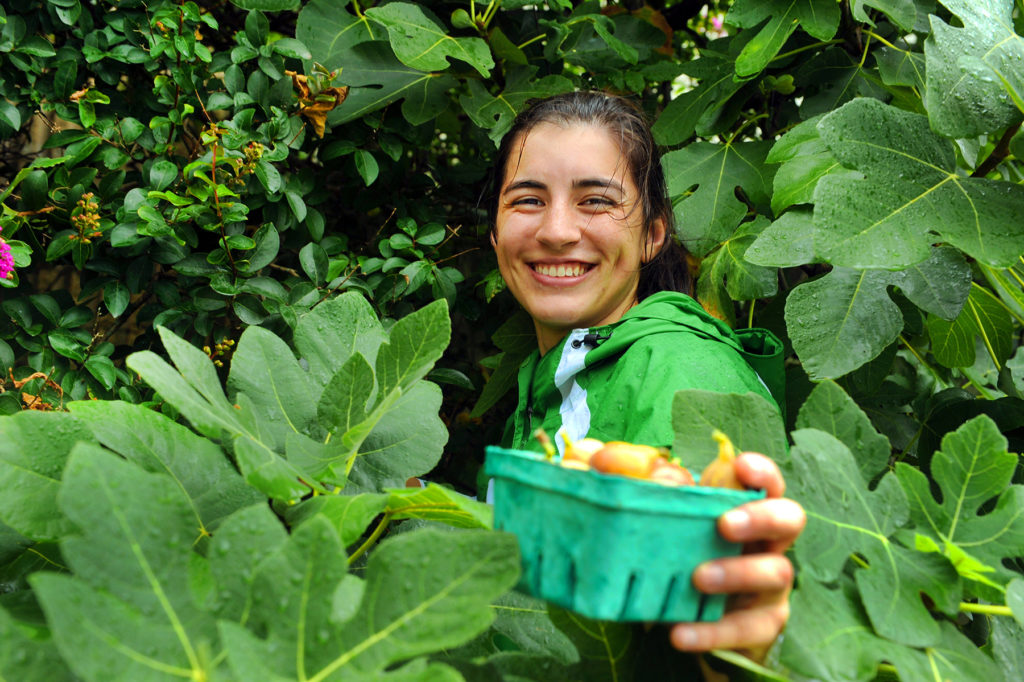
Storms bringing rain and snow to western North America travel along preferred pathways that vary from year to year. How and where they enter the continent make a big difference in how much rain and snow different places receive. Previous studies indicate that global warming might change the average location and strength of storm tracks, and that these changes might already be occurring. Information on storm tracks only goes back a few decades, though, which makes it difficult to know how storm tracks have functioned over longer time periods.
In a new study published in Science Advances, Erika Wise, associate professor of geography in UNC’s College of Arts and Sciences, and Matthew Dannenberg used climate information recorded by Ponderosa pine trees in the U.S. Pacific Northwest to reconstruct storm track position and intensity over the past three centuries. Lead author Wise explains, “These trees are on dry, steep slopes and their growth is limited by how much water they get each year. We chose sites around the interior of Washington where the water getting to the trees changes based on how storms enter North America and flow over the Cascade Mountains.”
Their study, funded by the National Science Foundation, showed that changes in storm tracks have been linked to patterns of drought over the past 300 years, and that changes in the tropical Pacific Ocean associated with El Niño are partly responsible for shifts in the northern Pacific storm track trajectories. The study also showed that in the context of the longer-term record, recent changes in storm tracks likely represent a warming-related signal that has been amplified by natural decadal variability.
“This study emphasizes the need for long-term, continuous records when studying climate,” Wise said. “If federal agencies like NOAA, USGS, and NASA eliminate parts of their monitoring systems due to budget cuts – whether it is Earth-monitoring satellites, weather stations, or streamflow gages — that information is permanently lost.”
Wise is now working with colleagues to gain additional information from the trees using stable isotopes locked in the tree-ring cellulose. This will help them to understand if there have been seasonal changes in the source of the trees’ water back through time, and what impact shifts in the timing of rain and snow might have in the future.



